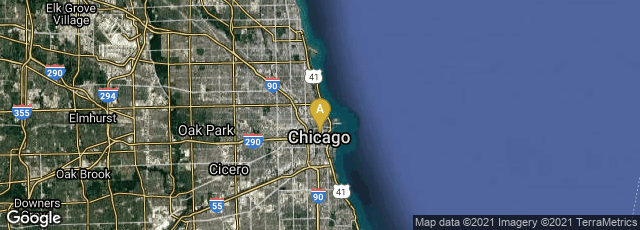

A: Chicago, Illinois, United States
For the 26th Annual meeting of the American Documentation Institute, held in Chicago from October 6-11, 1963, Hans Peter Luhn of IBM, then president of the American Documentation Institute, issued Automation and Scientific Communication. Short Papers Contributed to the Theme Sessions. . . . On the verso of the title page of this quarto volume a statement reads:
"This 128 page book has been printed from type set automatically with the aid of electronic information processing equipment. It is believed that this is the first volume of technical articles ever produced in this manner."
Further down the page it states,
"Oklahoma Publishing Co. performed keypunching from manuscripts, processing on an IBM 1620, automatic type-setting on Linotype and printing of reproduction proofs (Bill Wlliams, Chairman, Research Committee)."
A special printed slip pasted onto the front pastedown endpaper of a cloth-bound copy in my collection reads:
"FIRST BOOK OF TECHNICAL ARTICLES TYPE-SET BY COMPUTER:
"This is No. 75 of 100 copies of a special edition of this book, prepared as a memento as a token of recognition to those who were involved in its creation and who are here identified by their signatures:
[manually signed by] "H. P. Luhn, S.E. Furth, B Williams, Doris Craig, S. L. Reed Jr. J P Blandean, R M Maxwell, Haribert H Luhn, John Bustin (?).
[manually] "Countersigned Chicago, Ill, October 6, 1963, R M Hayes, President, American Documentation Institute."
The work was issued in two parts. Part one, described above, was mailed to participants before the meeting. Ordinary copies were in printed wrappers. Part two was available at the meeting which took place from October 6 to 11. After its title page and table of contents part two was paginated continuously with part one (pp. 129-382). The verso of the title page of part two stated, "International Business Machines Corp., Data Processing Division performed keypunching of bibliographic informatiion, processing on an IBM 1401 for creating table of contents and KWIC and author index to titles of the papers published; a bibliography and citation index to the titles of all referenced papers, a KWIC and author index thereto; and furnished reproduction proofs of this material (R. M. Maxwell, Manager)."
Luhn "planned and directed the efforts that led to the first volume of technical papers produced by fully automatic typesetting techniques. These efforts, moreover, were successfuly carried out within the remarkable dealine requirements of often not more than three weeks from receipt of author manuscript to inclusion in a printed and bound volume, typeset by computer.
"In addition, within the same brief time period, the bibliographic information for the approximately 600 'short papers' accepted was keypunched and processed on a computer to produce the table of contents, a KWIC index, an author index, a citation index to the bibliographical references in the papers, a KWIC index to the titles of these cited references, a bibliography of the cited papers, and an author index to the citations" (Schultz [ed] H. P. Luhn: Pioneer of Information Science. Selected Works [1968] 29).
When I wrote this entry on June 23, 2012 I did not know of any earlier printed book on any subject typeset by computer. In July 2019 I first learned of Experimental Transition Probabilities for Spectral Lines of Seventy Elements published by the National Bureau of Standards on July 20, 1962. That was probably the first book typeset by a composition machine controlled by a computer.